Video Gamer is reader-supported. When you buy through links on our site, we may earn an affiliate commission. Prices subject to change. Learn more
For most of us, the stars are fluttering sparks, pulsing when we happen to look up on the odd nights when the light pollution subsides a little. We’ll never travel there. But Starfield offers us a taste of what might – maybe, possibly, who knows? – happen were we born later on in humanity’s brief cosmic cameo. It’s a pixelated vision of space’s potential pieced together from lumps of Vonnegut, Asimov, Clarke, Heinlein, and the nosing snaps of NASA’s Webb Space Telescope, pounded and tamped to sate our enduring fascination with the heavens.
Things kick off in the year 2330. Humanity has colonised space but is still saddled with the same ills, delusions, and obsessions as on Earth. On a far-flung mining outpost, you stumble across an artefact, one of many. Touching it triggers a trippy, kaleidoscopic astral light show. You awaken, spend a couple of hours in the character creator, and then are courted by Constellation, a gang of space explorers with deep pockets out to explore the galaxy. From there, you’re off across the Settled Systems to chat with pretty much everyone, loot an unquantifiable amount of rubbish, shoot space lasers, and uncover the mysteries of these rare artefacts.
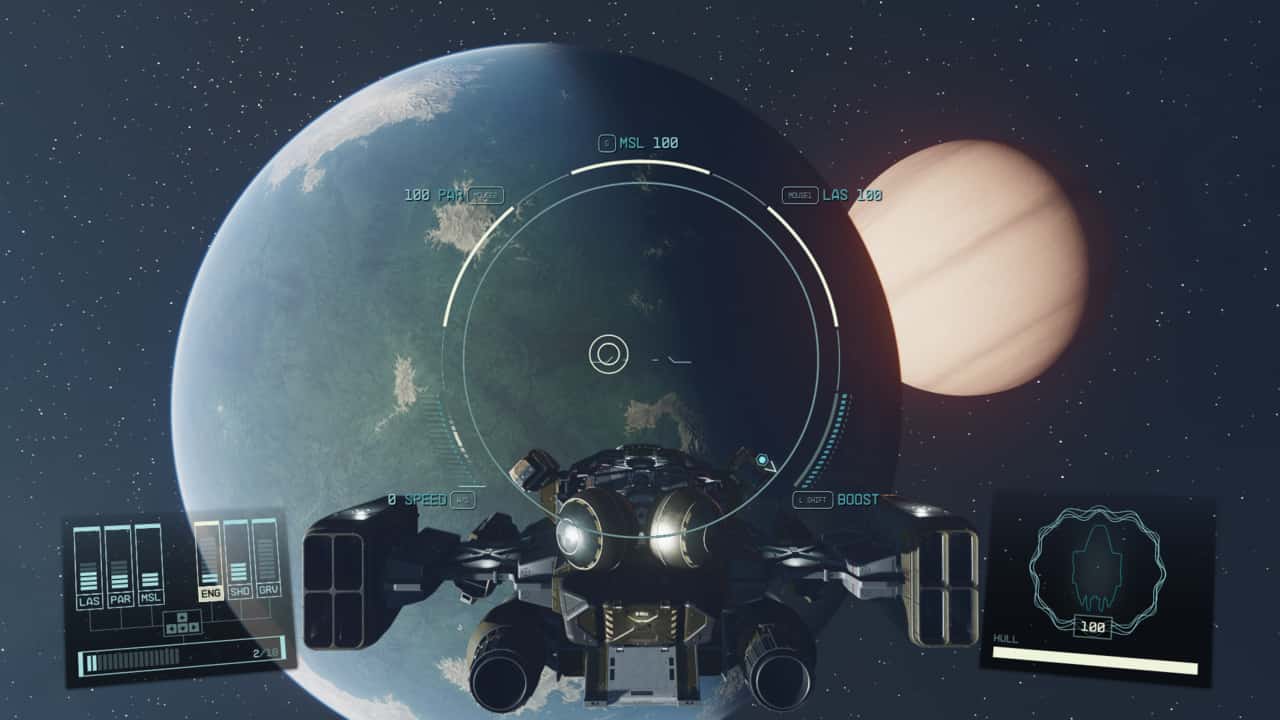
I’ll admit that description is a tad dismissive. After the usual fare of tutorials and handholding, you’re let loose into a living and breathing galaxy, fenced in only by your appetite for exploration and your ship’s grav jump capabilities. Part of Starfield’s pull is how it stacks up to Bestheda’s previous games, widely lauded and celebrated for their role-playing freedom. With a new IP, the studio leaves the safe shores of the Elder Scrolls and Fallout universes. A risk then, and one Bethesda has been toying with for a quarter of a century, clearly apprehensive about porting those same intangible, effusive qualities to space. But in many ways, Starfield’s opening hours channel that same sense of possibility, of player agency, a cosmic playground designed for you to be and see what you want.
Bethesda games have never been fawned over for their combat. And I don’t think I’m tempting the ire of anyone who’s spent a considerable amount of time with the studio’s previous games by saying that. No one who has amassed hundreds of hours in Skyrim did so for the combat. And, while Starfield could have stood tall with similar combat, its combat is a surprise. Bullets land with devastating thumps. Energy beams course through cold air, trailed by a lean snap. There’s weight and consequence to every pull of the trigger, and the arsenal of weaponry is stacked with modifiers that add variety to how you engage the succession of spacers and pirates you’ll encounter. Enemies move tactically, hide behind cover, and peek out gingerly for a few opportunistic shots as you reload. Towering planets backdrop fierce dogfights, and ships manoeuvre in cinematic arcs and dives. Starship combat makes you feel fragile as shields waver and hazard buzzers swell louder, a tiny clump of welded metal and electronics in the frigid vacuum of space.
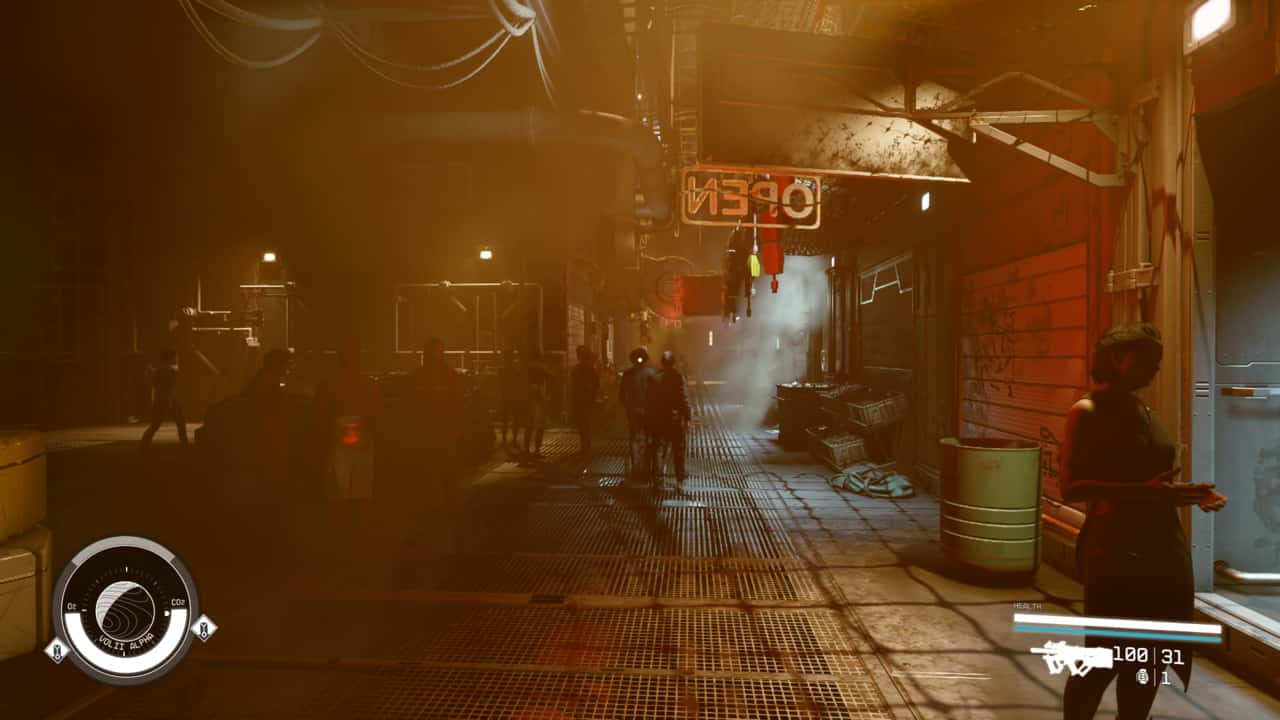
For all of combat’s merits, Bethesda’s past games ripple through Starfield. For better or for worse, balancing carry capacity with the urge to loot remains, quite literally swelled galactic – and occasionally grating – by the broad, cosmic setting. The need for credits, obtained through completing quests, but also selling amassed weapons, spacesuits, and arbitrary junk to keep ammunition stocks up and fund ship and outpost upgrades, forces the player to loot. It instils an unavoidable grind, drudging overencumbered between vendors with limited cash flow to sell your spoils for profit. In a sense, this is reflective of Starfield’s realism. Despite humanity colonising the stars, wealth is king, trailed not far behind by greed and a class divide reflected in the clash between the worn underground slums of cities like Neon and the sanitised sheen of New Atlantis’ above-ground commercial district.
The benefit is that Starfield feels alive, bustling with everyday preoccupations, petty scraps, and the tricky business of surviving. This bleeds into the quest design. Bethesda’s past looms large here with the studio’s well-thumbed reliance on fetch quests stencilled onto Starfield, except you’re grav jumping across the galaxy, sometimes for as little as a measly line of dialogue. But poking through the lives of the colourful inhabitants of the Settled Systems is a delight. There are cynical corporate dealings to orchestrate, turf wars to settle, and small, intimate stories to unravel. And, the freedom you’re handed – typically violence, persuasion, pay-offs, stealth – to tackle these minor interstellar headaches and errands often feels gratifying.
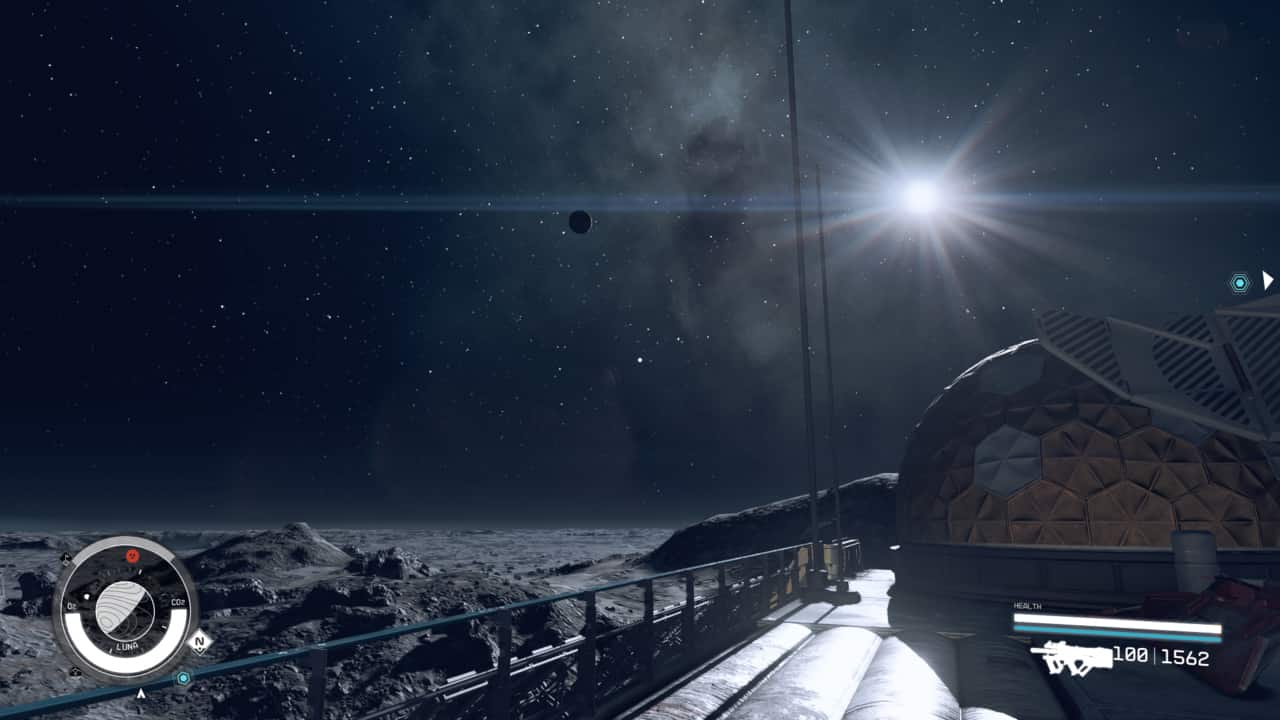
For example, early in the game, you’ll grav jump to a paradise planet leveraged by enterprising types into a sun-kissed resort for the rich and criminal. A boffin has you investigate a ship orbiting the planet: no comms, no sign of life, no aggressive manoeuvres – a mystery. Docking at the ship, you stumble into a gaggle of earthlings who’ve been careening through space for the better part of 200 years, a space-bound human incubator launched before faster-than-light-speed travel and more robust comms were developed. Late to the party, they’re laying claim to the planet, enlisting you to barter for their future. I chose to source them a grav drive and send them out into space to find a new home. But, you might prefer to have them settle on the paradise planet, indebted and all-but-enslaved by the corpos there. With some fleshing out, this quest alone would be enough for a standalone game or Hollywood blockbuster. In Starfield, it’s a brief moment, a glint in the hundreds of hours you’ll need to explore the glut of stories and quests.
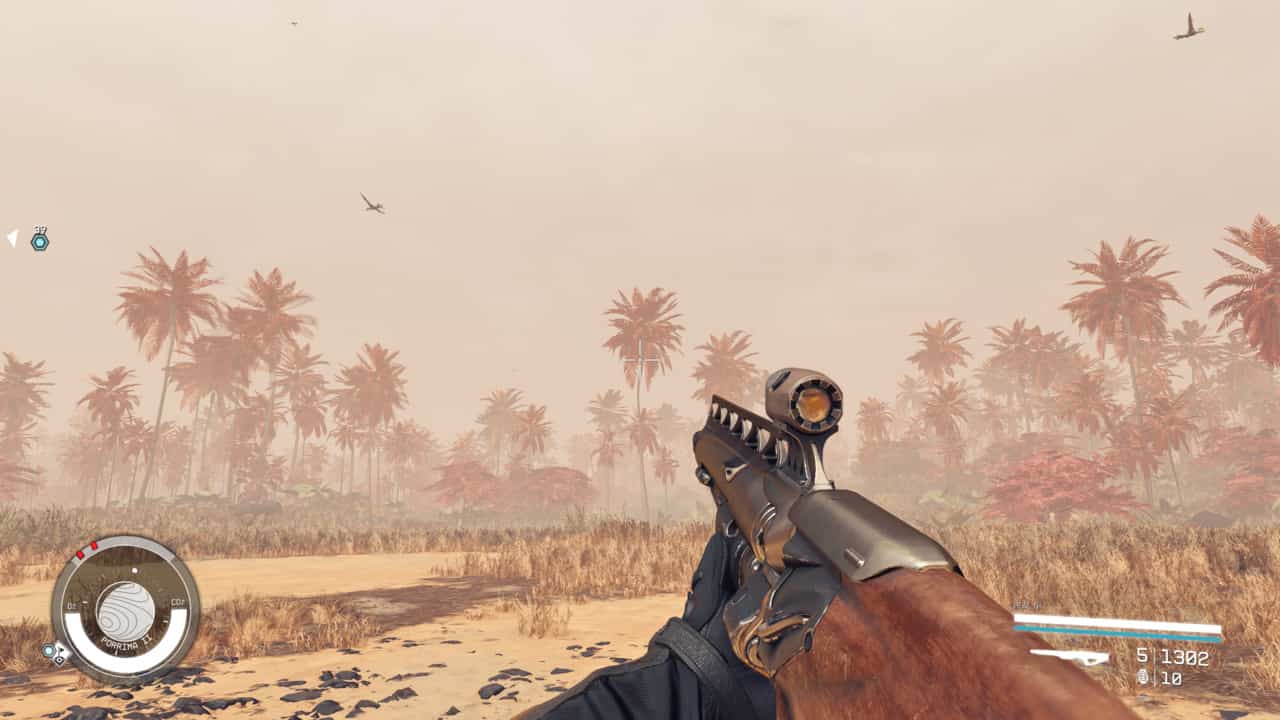
Slingshotting around the galaxy rarely feels tedious, or at least, the notion of fatigue never truly sets in. You’ll be in a bustling city and, a few seconds later, bouncing around on an orbiting satellite in another system. Yes, you fast travel between systems and can’t manually glide down to nor fly around on the surface of planets in real-time, but it’s clever how Bethesda has managed to juggle technical limitations and preserving the near-magical, dread-infused fizz of visiting a new world, city, or tucked away moon base. The cadence suffers a little, and beaming into every location hampers that sense of limitless exploration exemplified in No Man’s Sky. But the flip side is that it facilitates visiting more places and discovering more stories tucked away in every corner of the Settled Systems.
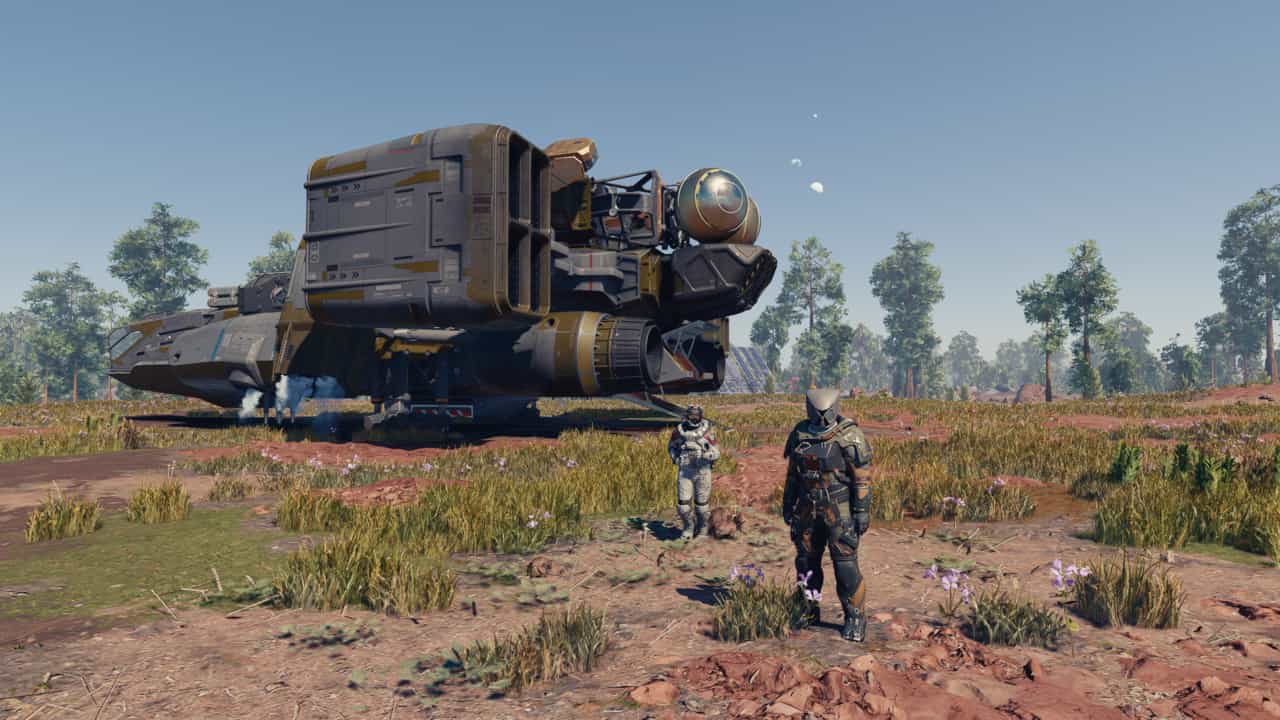
As this is a Bethesda game, bugs are par for the course, but they are far less glaring than expected. Initiating a conversation with an NPC occasionally triggers an angular waltz as they try to reposition themselves. You’ll walk into rooms to find NPCs perched on tables or guns poking through furniture. I watched a character flit between standing up and cradling a dying comrade, diluting some of the emotive heft of the moment. Most are surface-level glitches, quaint or often funny, never game-breaking. This is sided by respectable performance on PC. Frame rates drop in short bursts when you enter busier environments but rapidly level out, and I only experienced the game crashing once in 70 hours.
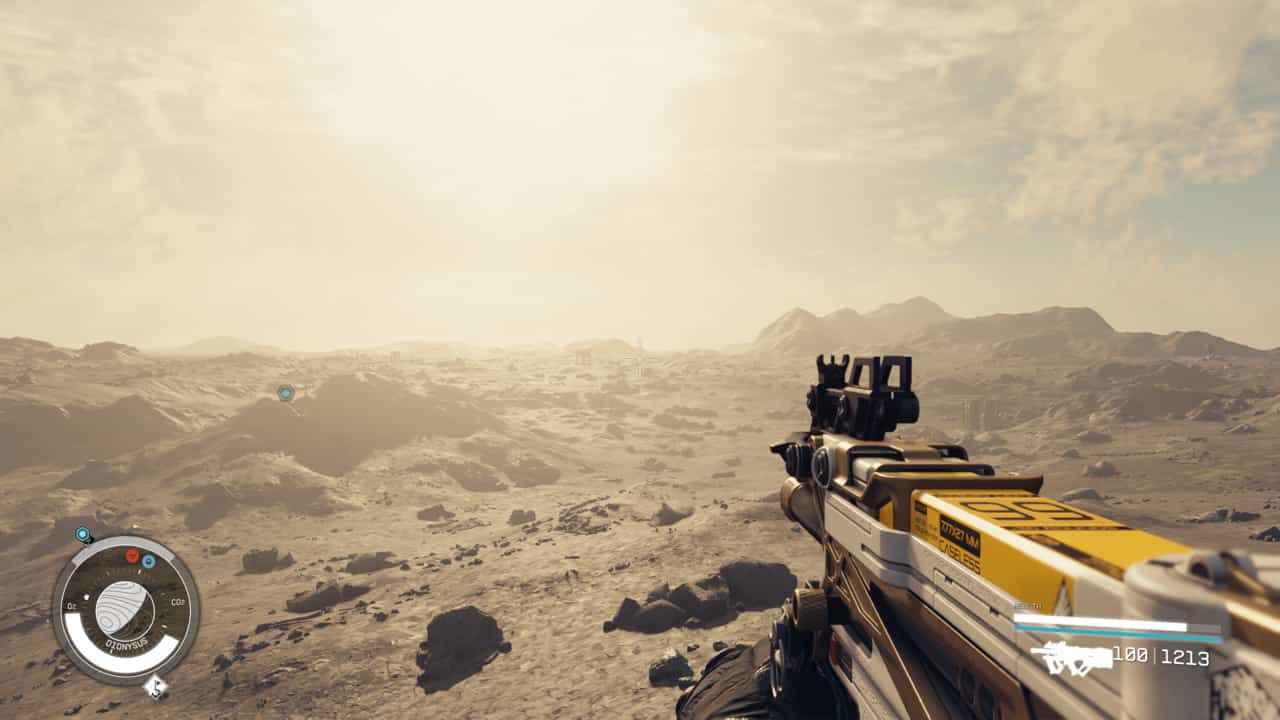
A decent number of the thousand planets suffer from what often feels like an algorithmic blandness born from procedural generation, very similar to the launch build of No Man’s Sky: off-colour terrain, scraggly topographies, and little to prompt return visits. But Starfield’s hand-crafted cities, points of interest, and orbiting vessels spark a kind of doughy nostalgia for the 60s and 70s heyday of space travel. It’s in the details. The abandoned paraphernalia of early space exploration. The arresting shots of powdery, luminescent nebulae, hulking ringed planets, and arresting vistas bathed in the distinctive saturated hues of retrofuturism. The strewn garland of foam cups, discarded wrappers, and the garbage of lives lived you’ll invariably grow tired of looting. The dingy, phosphorescent alleys and crusty signs of Neon. The consoles, dashboards, and walls of electronics decked out with chirping clusters of lights and buttons.
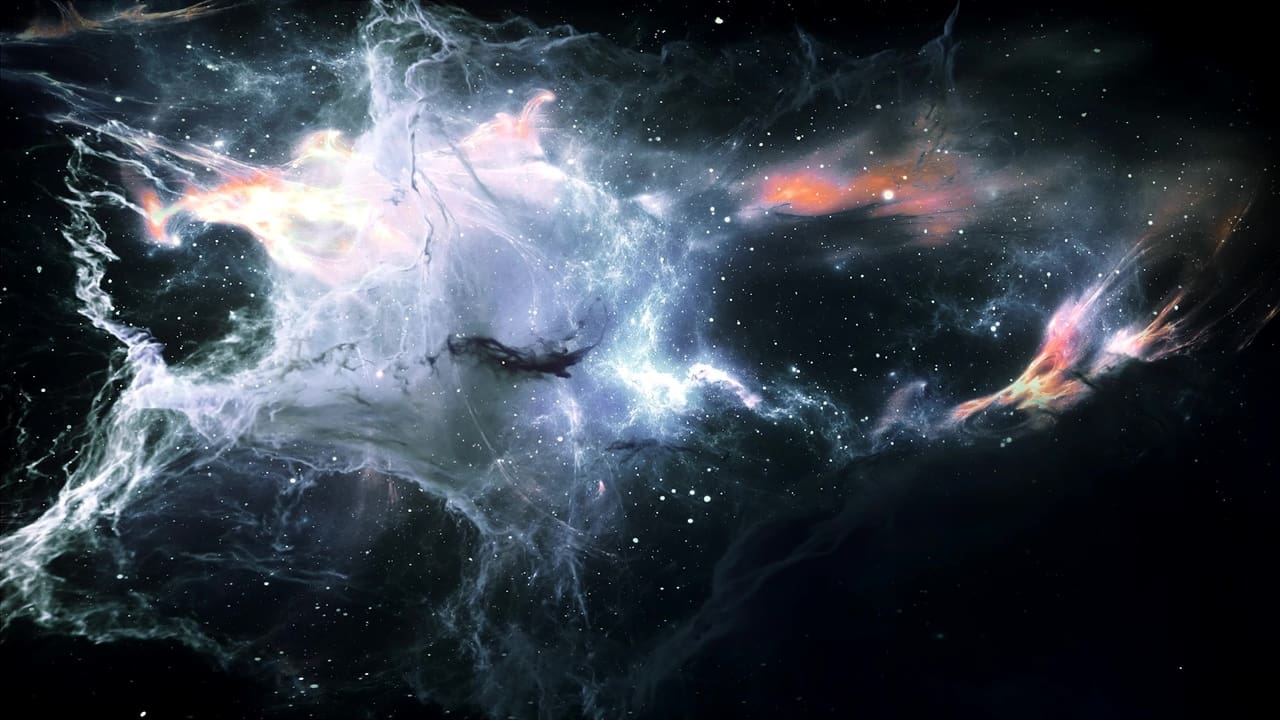
All these sing to the glory of space, to the great expanse we so often forget looms infinite above us. Ever present, the void through which our hunk of condensed stardust sails tranquilly. Blue gives way to the unknown, to one of the few remaining frontiers of true, unbridled enchantment and wonder. And, in the context of a fair few years of being force-fed samey open world games promising ever large and prettier expanses jammed with dull, time-sapping filler, Starfield captures something few games do. Starfield is that enchantment bottled and fleshed out into something grand and ambitious, thoughtful and attentive, janky at times, often funny, and always jammed with charm.
I wish I hadn’t had to play Starfield for this review. I wish I’d had the freedom and time to explore at a slower pace, go off on tangents, and land randomly on the farthest-flung planets just to see what was there. To reap the rewards of exploration, not the congratulatory chime of a completed quest or earned credits, but that formless joy of discovery, of something that a tired dev over in Maryland toiled to bring to life, the coded fruits of a dragging afternoon three years ago. If you plan on picking up Starfield, and I strongly urge you to, take your time and embrace an unhurried pace. Peer around every corner, eavesdrop on every conversation, investigate every planet, exhaust every dialogue tree, and see through every activity and side quest to its end, however insignificant it may seem. And, once in a while, lay off the need to acquire and amass by looting and killing everything in sight to bask in the little things.
Side note: If you’re thinking about picking up the game, make sure to check out our detailed guides on some of the more confusing in-game mechanics. For example, you can find out how to pick locks in Starfield, as well as a detailed breakdown about how to use the scanner in Starfield. For more general hints, check out our detailed Starfield hints and tips beginner’s guide or you may want to check out the Starfield best ships to buy, steal and earn.
Reviewed on PC. Code provided by Besthesda.
Starfield
-
Release Date:
06 September 2023
- - 06 September 2023 (PC, Xbox Series X, Xbox Series S)
- Platform(s): PC, Xbox Series S, Xbox Series S/X, Xbox Series X
- Genre(s): Adventure, RPG, Science Fiction, Space


